
High-quality visualizations and effects are necessary when it comes to projects of new buildings, reconstructions, or repairs since the question of the future sale of the property arises at this stage.
The larger and more complex the project, the longer construction may take. This also affects the period of the preliminary processes. Given the longer term during which the project is not yet completed but part has already been sold, professional real estate communication is critical.
Since it is much easier for people to understand something they can look at, the visual aspect is key to communicating and showcasing your project. Real estate rendering service is a valuable advantage in this case.
3D visualization is created by architects, designers, and artists using powerful computers and specialized software. This technology allows you to demonstrate hyper-realistic images and models of a project not yet completed in the real world.
Let’s take a closer look at the 6 most common uses of 3D rendering technology in real estate projects.
3D Floor Plans
A 3D floor plan is a realistic three-dimensional representation of a top view. Сlients can see furniture, interior elements, and appliances, as well as the location of walls and floors. These images provide as much information as a combination of a 2D-floor plan and a photograph.
3D plans are often used in brochures and websites. Such plans can demonstrate the future premises even without furniture and equipment. This way, potential buyers can visualize what they would like their home to look like. This is also a great way to estimate the size of a room because not everyone can imagine it precisely if the plan is shown only in square meters or on a technical 2D drawing.
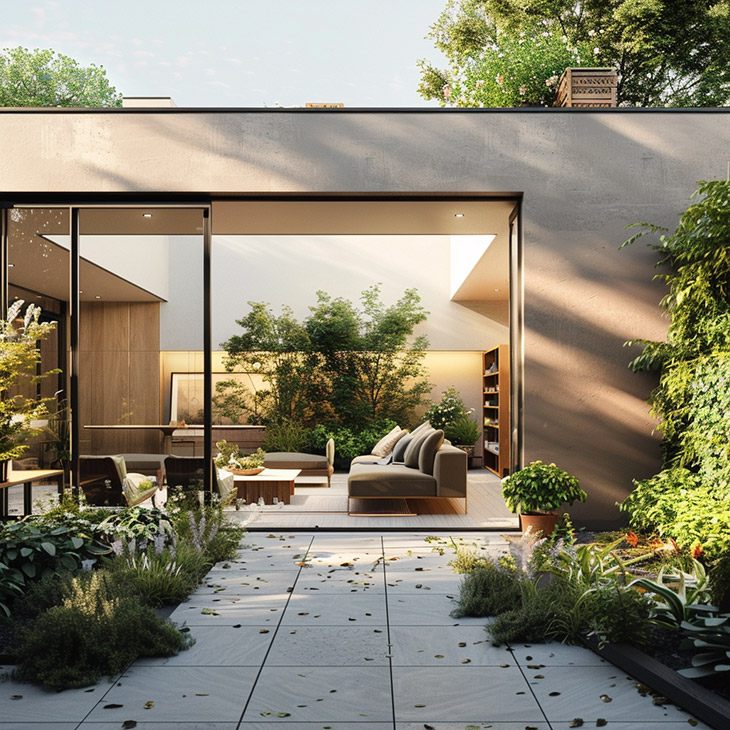
Static Renders
Static visualization is an image that shows a space from one point of view. Such images look as realistic as possible to convey the feeling as if you were standing in a room and a photograph of the space was taken.
The static rendering approach means that specific viewpoints are selected from a 3D model of a real estate project, complete with necessary vegetation and infrastructure, to best convey the design features.
These static images often form the basis of further commercial communications regarding the property.
A fixed viewpoint in a formatted 3D model, as well as lighting, texture, and color choices, can be demonstrated in static renders.
3D Animation
Perhaps one of the most common uses of rendering in real estate is to create animated video or 3D animation.
Animation can show some aspects and things that could be difficult to convey with regular still images. Given that you are moving through a project along a certain path, you can also show the direction in which a door opens or a certain design concept.
Thus, 3D animation is an ideal way to highlight the unique advantages of a project. In addition, animated videos are often accompanied by narration or music to enhance the presentation.
Animation Of Still Images
In addition to still 3D renderings and animated videos, animated stills can often be used in real estate. Conceptually, an animated frame starts with a still image and then certain elements are animated.
While animation for real estate videos typically uses a specific script to introduce the concept and showcase the space, in an animated image the camera remains stationary, and only some objects move.
Such animation is best for attracting attention on social media, in advertising, or on websites and landing pages, making the use of still image animation an effective tactic in real estate marketing and project presentations before construction is completed.
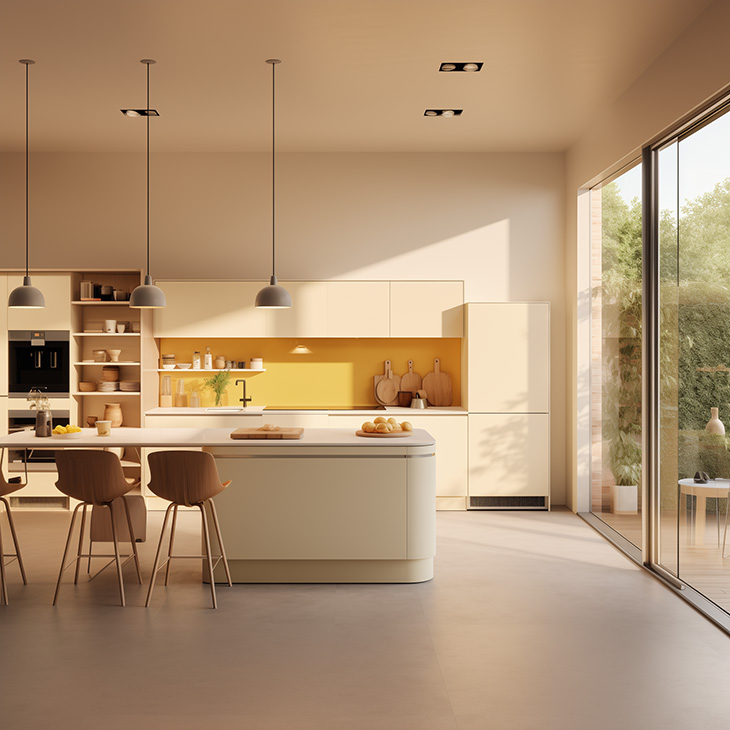
Interactive Tool
Many developers and real estate agents use or are at least familiar with some basic interactive tools.
Often these are simply overlays on renderings that clearly show where a particular house is located within the project. Property information is linked to filters, which are accompanied by an accessibility module in many cases.
This way, specific filters such as size or number of bedrooms can be used to trigger a search for suitable properties. In addition, using filters you can see which objects are still available in a particular project.
Interactive tools are useful for both agents and clients interested in purchasing or investing in real estate.
Virtual tours
3D virtual tours are somewhat different from animations. The basis of the 3D tour is panoramic images that can be viewed in 360°, complemented by virtual reality technology.
This approach allows the potential buyer to be completely immersed in the virtual space. Viewers can move around the site as they want to evaluate the project in more detail and understand whether it meets their requirements and preferences.
In addition, virtual tours provide a number of advantages, including the opportunity to sign up for a personal tour. Taking a virtual tour of a property increases the number of buyers you can attract with your listings. Different marketing methods attract different audiences. VR tours of a house allow you to show the object to potential buyers with limited mobility, as well as those who live in different cities or far from the property to see the entire project in real life. In addition, such tours can be carried out at any time and in any weather conditions.
This way, virtual visits can happen around the clock without the need to physically visit the property.
















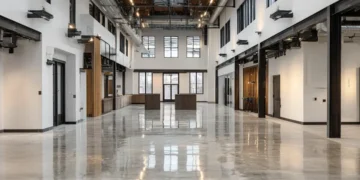
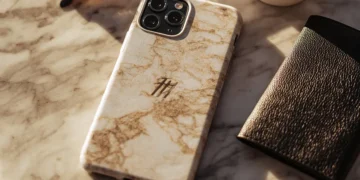
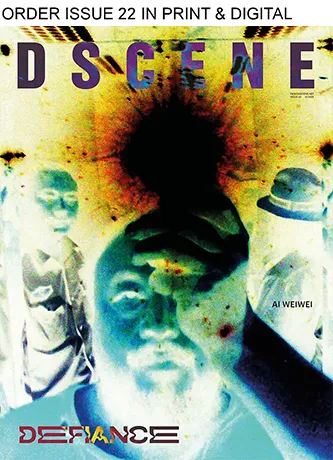

it was never easier to work on 3D renders, thankfully the possibilities are endless today! I remember starting in architecture, oh the pain waiting hours to render one single image!